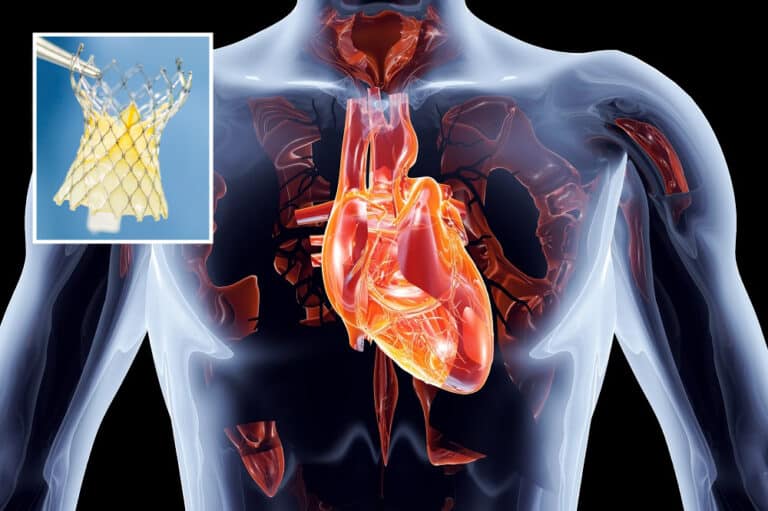
AI for Structural Heart Procedures
Structural heart diseases include structural deformation of the heart, like valve leakage: the blood flows in two directions and the patient is losing efficiency of

Structural heart diseases include structural deformation of the heart, like valve leakage: the blood flows in two directions and the patient is losing efficiency of

RSIP Vision Presents New Technology for Non-Invasive Planning of Coronary Intervention Innovative technology provides accurate coronary artery 3D reconstruction from 2D angiography to be used
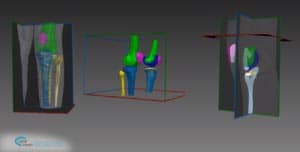
RSIP Vision Unveils Robust Metal Implant and Anatomical Segmentation Tool, for Improved Planning of Specialized Orthopedic Procedures including Revision Arthroplasty Groundbreaking Module Joins RSIP Vision’s Existing
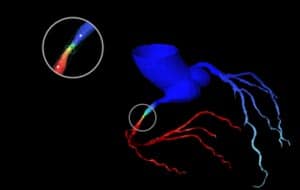
RSIP Vision Announces Sophisticated AI-Based Tool for Coronary Artery Analysis and Intervention Planning New module utilizes state-of-the-art deep learning algorithms combined with classic computer vision
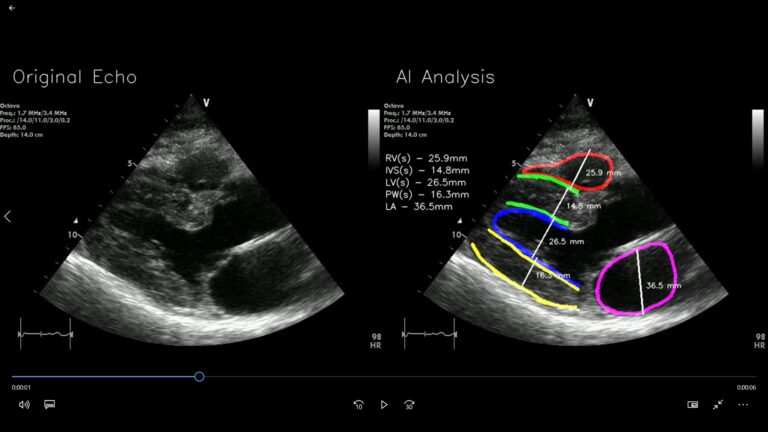
New algorithmic module provides automated expert-level assessment of heart function for point-of-care medical teams enabling a quick and reliable detection of cardiac illness and heart
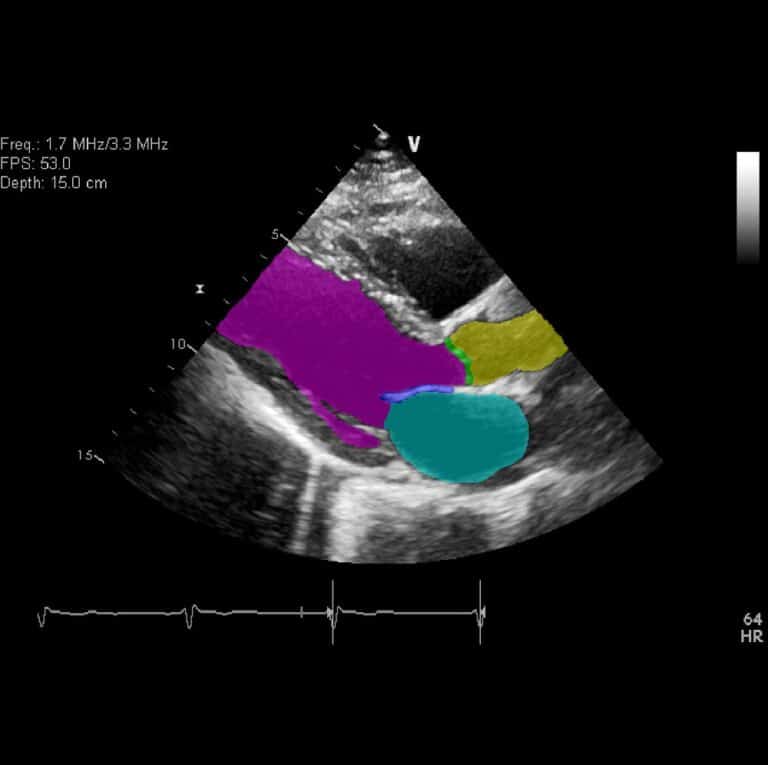

Cardiac magnetic resonance (CMR) imaging plays a critical role in the assessment and management of patients with coronary artery disease (CAD), a leading cause of
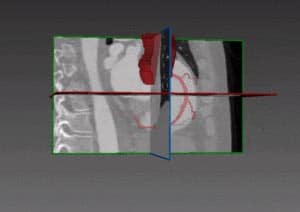
Coronary computed tomography angiography (CCTA) is an efficient and non-invasive imaging modality with widespread clinical implementation in the identification of coronary artery disease (CAD). With
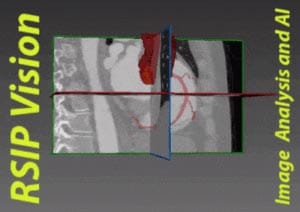
Coronary artery disease (CAD) or ischemic heart disease (IHD) has become one of the most common causes of morbidity and mortality worldwide. Patients who suffer
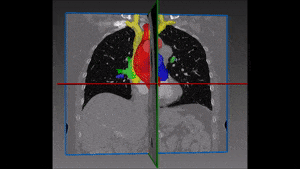
The great vessels conduct blood to and from the heart. These vessels include the aorta, superior and inferior vena cava, pulmonary arteries and pulmonary veins.

Hosts: Moshe Safran and Miki Haimovich – RSIP Vision We’ll discuss Implementing AI in diagnostics as well as intraoperative cardiology applications. “In cardiology, there is increasing use of noninvasive
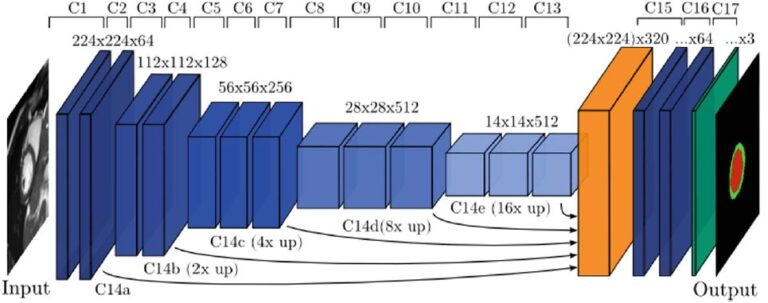
1.1 Segmentation tasks [10] suggest a new fully convolutional network architecture for the task of cardiovascular MRI segmentation. The architecture is based on the idea
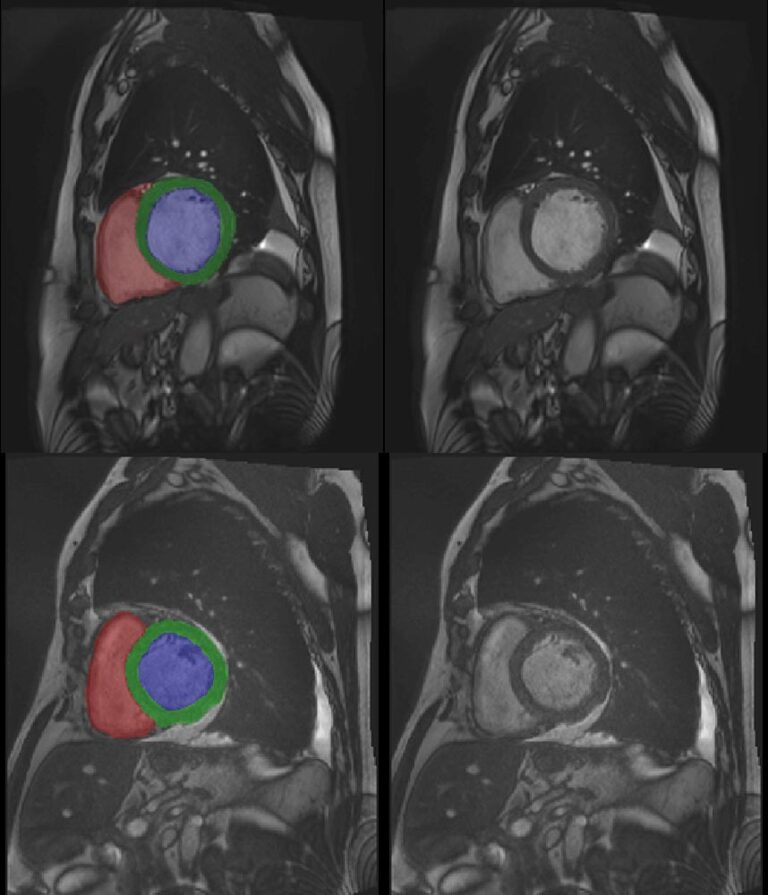
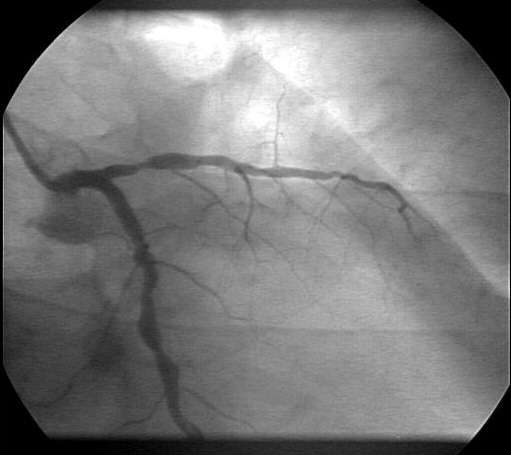
Three-dimensional reconstruction of scene can be viewed as is the reproduction of a depth-map. Thus, as an input we have a sequence of images as
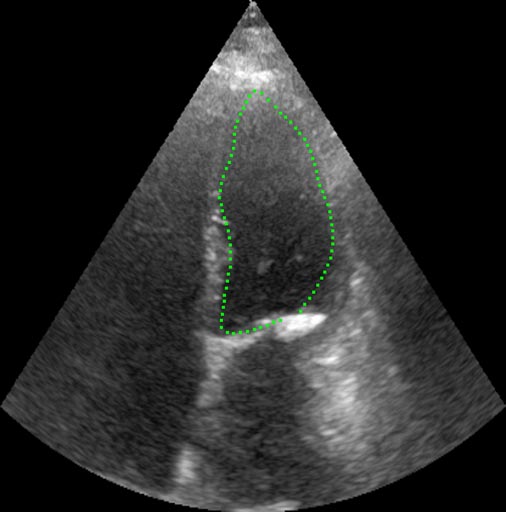
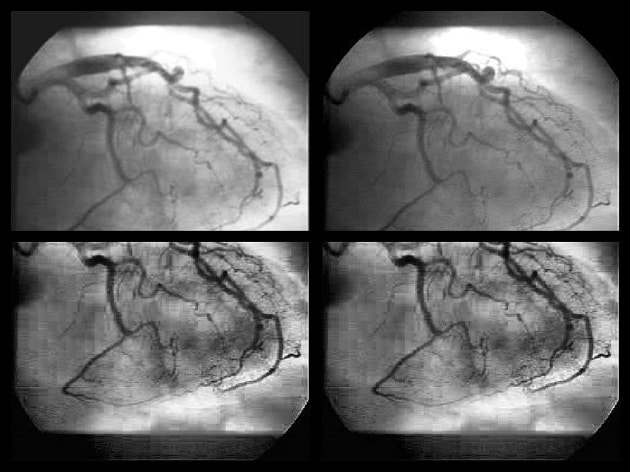
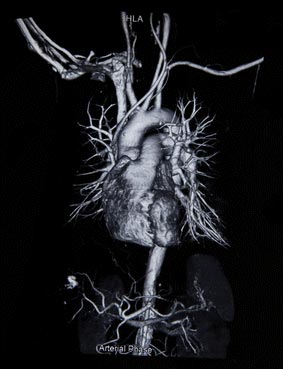
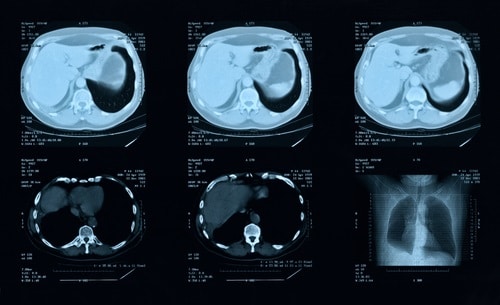

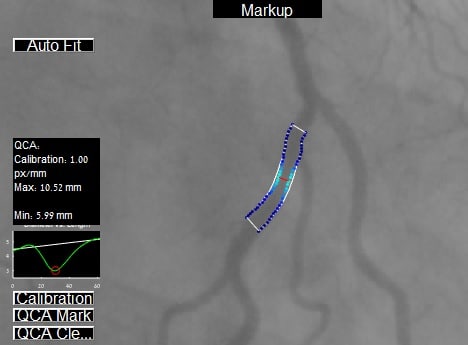

Right Atrium Measurement in Ultrasound Videos Atrial fibrillation is an irregular rhythmic beating of the heart associated with coronary heart disease, high blood pressure
Please fill the following form and our experts will be happy to reply to you soon
Subscribe now and receive the Computer Vision News Magazine every month to your mailbox
© All rights reserved to RSIP Vision 2023